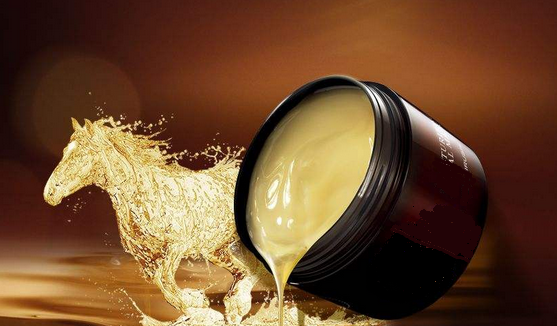Rouge fish are often referred to as "fair". As a food fish, its meat is delicious and nutritious. In the mid-to-high-end restaurants in cities along rivers and in some provincial capitals, it costs more than 200 yuan per kilogram; as an ornamental fish, it is the favorite of overseas Chinese in Southeast Asia, and people use it to express their aspiration and auspiciousness. It is also very expensive in the flower and bird market for raising fish for Feng Shui. Rouge fish is the only species that is distributed in Asia and is classified as a national class 2 wild aquatic organism. The fish has a unique shape and bright colors, so it has a very high ornamental value and won the Silver Award at the World Aquarium Fish Fair. First, the biological characteristics of rouge fish are mainly produced in the upper reaches of the Yangtze River, juveniles often clustered in the flow of water between the relatively static rock; like living in the upper water, swimming slow, adult and unsung growth of adult fish inhabit water Middle and lower levels, agile. In mid-February each year, gonads that are close to mature gonads are required to breed in the rapids of the upper reaches of the Yangtze River. When they fall into the water, they return to winter in the main stream of the Yangtze River. The rouge has a mild temperament, does not hop, slow action, strong viability, and a high catch rate. The rouge mainly feed on benthic invertebrates, such as chironomid larvae, larvae, cockroaches, and freshwater shells. It can also feed on plant debris and some diatoms and filamentous algae. It is an omnivorous fish that is an animal protein. . Under artificial breeding conditions, in addition to feeding leeches and land lice, mixed fish, animal viscera, and artificial feeds such as squid can also be fed. In general, the fish can grow to 0.5 to 1 kg and the 3rd instar fish can reach 3 to 4 kg. Rouge fish spawn every year from March to April, and 5 years of age reach sexual maturity. Second, aquaculture technology 1. Seed cultivation: The fish seedlings have a membrane of about 1 to 3 months and the total length is 3 to 5 cm. The main food is benthic invertebrates. Cultivation pond area of ​​1 to 2 acres, water depth 1.2 to 1.5 meters. Before putting the fry into the pond, poison ponds are used first, followed by basal fertilizers, and feeds such as leeches, mash or peanut bran. 2. Adult fish culture: The characteristics of the roach fish are miscellaneous food, strong disease resistance, wide adaptability and gentleness, etc. It is determined that in the pond culture, monoculture or polyculture can achieve good results. Single-breeding mode: 400-600 tails of large-sized fingerlings (50-100 g per tail) are put into each acre, and a few additional supplements are used to make full use of water bodies and feeds. In polyculture, the stocking rate is about 200 to 300 fish per acre. There are 200 fishes that can be mixed, and 30 to 50 fish such as carp, grass carp, and squid. It can also be used as a substitute for fish to partially replace ground fish such as earthworms, and it can be used in small ponds in other ponds to increase the efficiency of pond culture.
Horse Oil: History and Production
Before gaining popularity as a beauty product, horse oil was used as a [folk medicine" in the days of ancient China.
Believed to be a remedy for burns, insect bites, cuts, asthma, foot
fungus, and even hair loss, the miracle oil was supposedly first brought
to Japan over 1,000 years ago. Because its properties are similar to
the oils naturally produced by human skin, it is easily absorbed by the
skin and is safe for people all ages, including infants. Due to its
effectiveness as a moisturizing agent and anti-irritant, horse oil
became especially popular in Hokkaido,
as it protects the skin from the region`s harsh climate and cold, dry
air. The vast expanse of land in the region made it easy to farm horses
for the oil.
The
product is made by extracting the oils from horse fat. Horses are
regularly farmed and raised for their meat in Japan, which is served in
the form of basashi (raw horse), so the animals are not
slaughtered solely for the purpose of a skincare product. Rather, they
are farmed for food, and their oil is a byproduct of this process.

Equine Beauty Products
Equine Beauty Products,Pure Horse Oil,Horse Oil Women Beauty,Fungasol Ointment
Jiangxi Institute of Biological Products Inc. , https://www.jxinstitute.com
